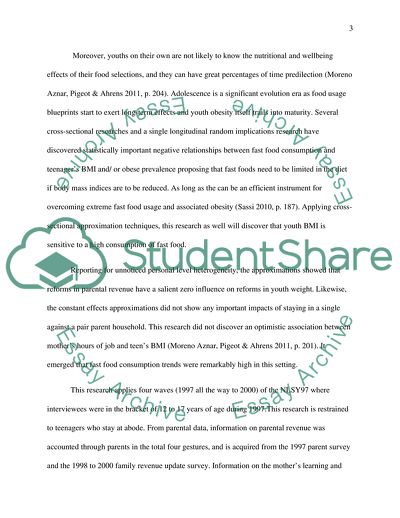Cite this document
(Effects of Fast Food on Body Mass Index Level in Adolescents and Research Paper, n.d.)
Effects of Fast Food on Body Mass Index Level in Adolescents and Research Paper. Retrieved from https://studentshare.org/health-sciences-medicine/1816537-bioscien-research
Effects of Fast Food on Body Mass Index Level in Adolescents and Research Paper. Retrieved from https://studentshare.org/health-sciences-medicine/1816537-bioscien-research
(Effects of Fast Food on Body Mass Index Level in Adolescents and Research Paper)
Effects of Fast Food on Body Mass Index Level in Adolescents and Research Paper. https://studentshare.org/health-sciences-medicine/1816537-bioscien-research.
Effects of Fast Food on Body Mass Index Level in Adolescents and Research Paper. https://studentshare.org/health-sciences-medicine/1816537-bioscien-research.
“Effects of Fast Food on Body Mass Index Level in Adolescents and Research Paper”. https://studentshare.org/health-sciences-medicine/1816537-bioscien-research.


